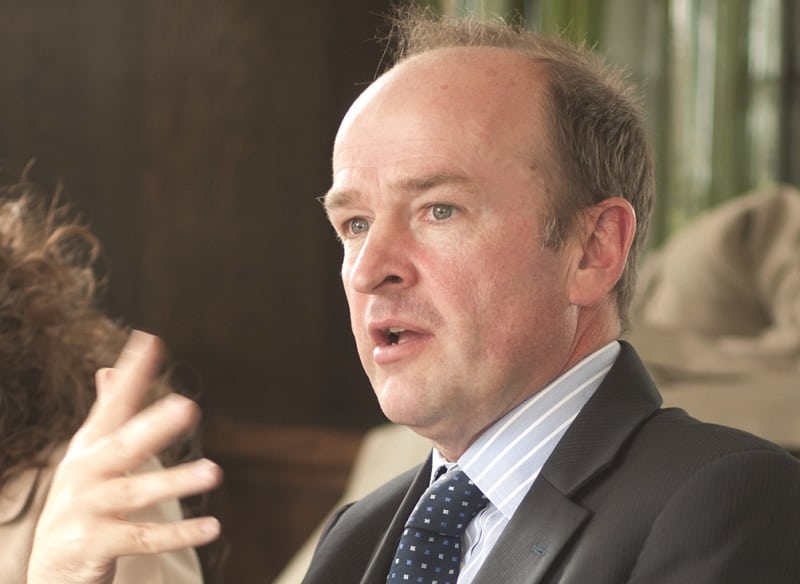FE awarded Blackrock 23 five Passive Crown rated funds, compared with Vanguard’s 11.
Both groups retained their first and second positions from the last rebalance in February, although Blackrock’s tally was slightly up from last time when it had 22 funds with the top rating, while Vanguard’s total fell slightly, having had 12 last time.
The ratings, which looked at 290 passive funds, are designed to check how well a passive fund is tracking its benchmark over three years. Funds are awarded between one and five crowns, with five being the best.
Peter Sleep, senior portfolio manager at Seven Investment Management (pictured), said one of the reasons that Blackrock bagged more crowns than Vanguard is because it has more tracker funds and ETFs on offer.
| Asset manager | No. 5 crowns | Total number of crown rated funds | % of 5 crowns |
| Blackrock | 23 | 66 | 35 |
| Vanguard | 11 | 27 | 41 |
| State Street Global Advisors | 6 | 22 | 27 |
| UBS | 6 | 19 | 32 |
| Amundi Asset Management | 5 | 17 | 29 |
| DWS | 5 | 19 | 26 |
| Legal & General | 3 | 16 | 19 |
| Lyxor Asset Management | 2 | 21 | 10 |
| Aviva Investors | 1 | 3 | 33 |
| HSBC Asset Management | 1 | 20 | 5 |
| Invesco | 1 | 9 | 11 |
| Pictet Asset Management | 1 | 4 | 25 |
Source: FE
“I bet if you expressed the crowns as a percentage of the funds you might get a different story,” he said.
“The biggest source of tracking difference is usually fees. Vanguard has been a price leader and so may have better tracking than its competitors. I would also add that Vanguard has been quite conservative in new fund launches, focusing on major indexes that are easier to track.
“Blackrock seems to be a more adventurous, pioneering more difficult-to-invest areas like high yield or emerging market debt, which may drag down their batting average.”
Retail investors
However, Sleep said that he is unsure if Vanguard has the same following in Europe as it has in the US because Blackrock dominates the market share.
He said: “Vanguard has been very successful in the US pioneering index funds since the 1970s, whereas Blackrock and the iShares brand are both relatively new, particularly to retail investors.”
Gilts maintain position
FE’s latest rebalance also revealed almost half (46%) of UK gilts funds achieved the five-crown rating, followed by a third of both North American equities (31%) and emerging market equities (30%).
However, no index-linked gilts or sterling corporate bond funds achieve the top accolade for a second rebalance in a row.
Oliver Clarke-Williams, portfolio manager at FE, said: “The success of UK gilts can largely be explained by the fact that they are highly liquid and easy to replicate. Similarly, as the largest equities market, North American equities are the most efficient making them easier to reproduce.
“More surprising is that there are so many five-crown rated emerging markets funds as it is generally seen as quite a difficult market to copy.”
New entries
The latest rebalance saw eight funds rated for the first time due to their meeting the three-year performance history requirement.
One of these funds, Xtrackers Russell 2000 Ucits ETF, was handed a five-crown rating.
Clarke-Williams said: “Too much of the active passive debate has been focused on the ability of active managers, while passive funds have been considered more or less equal.
“The dispersion in quality among passive funds is almost as great as it is among active funds and poor tracking and high charges can cause major underperformance that most people wouldn’t consider possible.
“It is important to put as much effort into identifying a good passive fund, as a poor choice can be just as destructive to wealth.
“What the ratings show is that past tracking ability of a passive fund can be used as a guide to how well that group will track an index in the future.”










